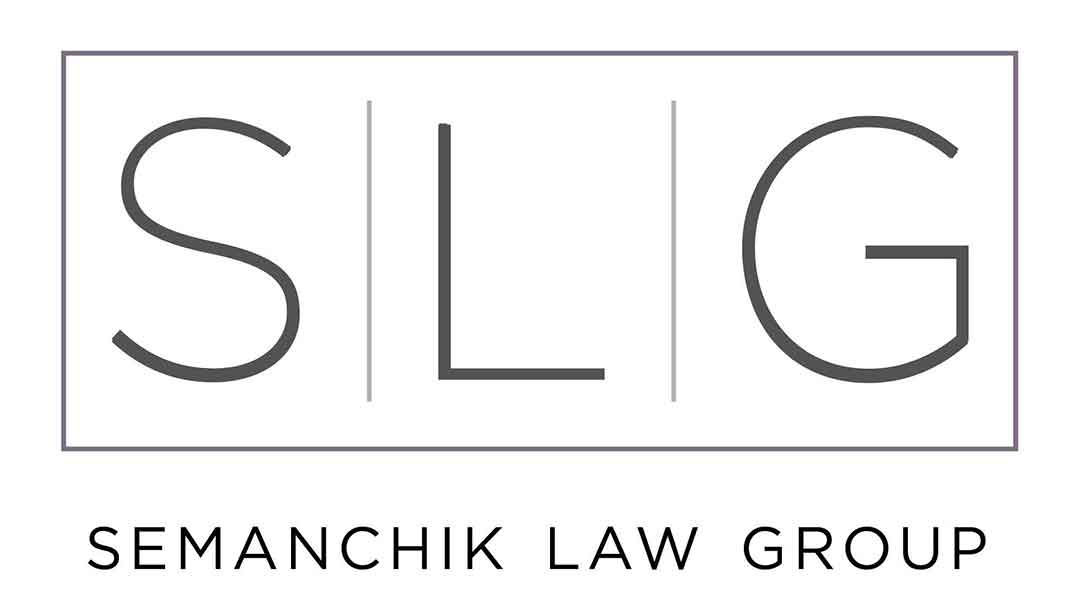Understanding the Welfare Exemption
From San Diego to Sacramento, organizations throughout California work tirelessly to keep their expenses low each year. Most accomplish this feat by reducing waste, automating processes, and negotiating more favorable rates with their suppliers. However, there is another way these groups can retain more of their money – the Welfare Exemption.
What is the California Welfare Exemption?
In November 1944, the voters of the Golden State passed a constitutional amendment that granted the Legislature the authority to exempt property used for charitable, hospital, or religious purposes from local property tax. This exemption is called the Welfare Exemption – and was later expanded to include property used for scientific purposes.
Organizations that qualify for the Welfare Exemption have the potential to save tens of thousands of dollars each year in taxes.
Who Can Qualify for the Exemption?
Generally speaking, the California Welfare Exemption is available for most property owned or held in trust by organizations:
- Formed and operated exclusively for a charitable, hospital, religious, or scientific purpose,
- That use the property exclusively for one of those four qualifying purposes, and
- That hold a valid tax-exempt letter from the Franchise Tax Board (FTB) or the Internal Revenue Service (IRS)
Additionally, the organization applying for a Welfare Exemption must be a community chest, a corporation, a foundation, a fund, or a limited liability company (LLC).
How Can Organizations Apply for the California Welfare Exemption?
Applying in the state of California is a two-step process. Organizations should begin by filing a claim for an Organizational Clearance Certificate from the Board of Equalization (BOE).
Some groups may also need to file a Supplemental Clearance Certificate for Limited Partnership for a Welfare Exemption for Low-Income Housing Properties with the BOE.
Once an organization submits the required documentation to the BOE, the state then determines whether or not it is eligible to receive an exemption from local property tax. In other words, it decides if the group exists for a charitable, hospital, religious, or scientific purpose.
When the BOE approves an organization’s application, it then has to file a claim for the Welfare Exemption with the county assessor in the county in which its property is located. If a group holds properties in more than one county, it must file multiple claims.
Upon receipt of an organization’s claim, the local assessor will determine if the property in question is eligible for the California Welfare Exemption. That is, whether or not it is used solely for a religious, scientific, hospital, or charitable purpose.
Once an organization’s Welfare Exemption is approved by the local county assessor, it is typically valid for one year. It must re-file each year to keep the exemption and avoid paying property taxes.
Need Help Applying? Contact the Semanchik Law Group Today
Applying for an Exemption in the state of California is a lengthy and complex process. So, if you need a little help along the way, please do not hesitate to reach out to the experienced legal team at the Semanchik Law Group. We have been helping charitable, religious, scientific, and hospital organizations navigate through the red tape for years. To speak with one of our attorneys, all you need to do is give us a call at (619) 535-1811 or send us a brief message online. We look forward to working with you.


